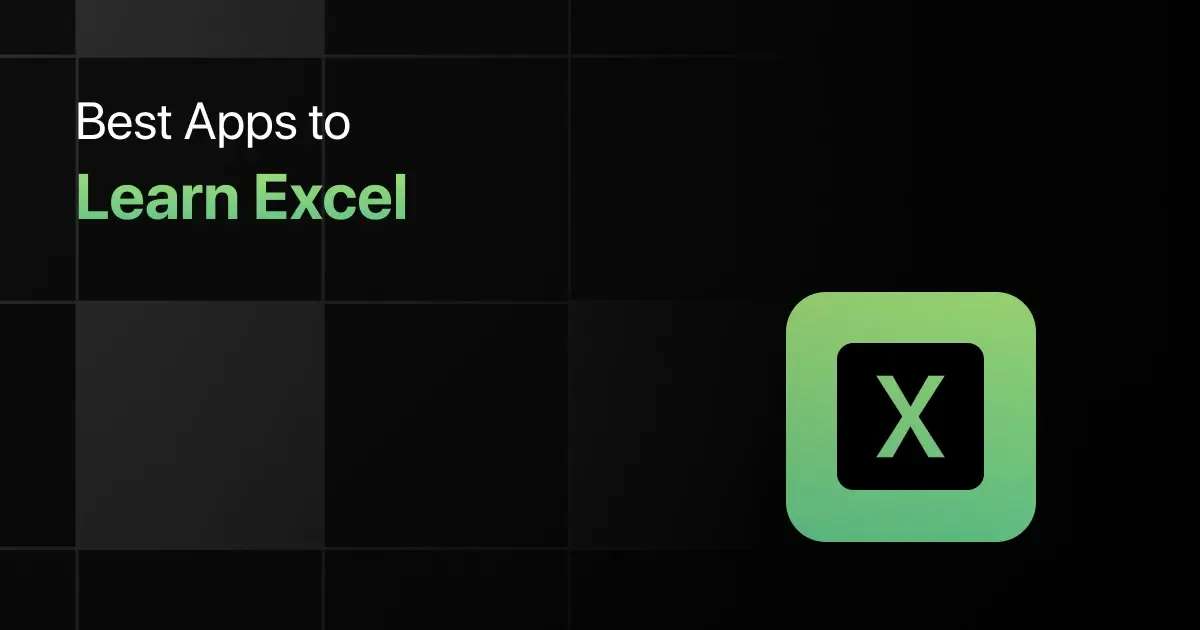Best Programming Languages for Data Analytics
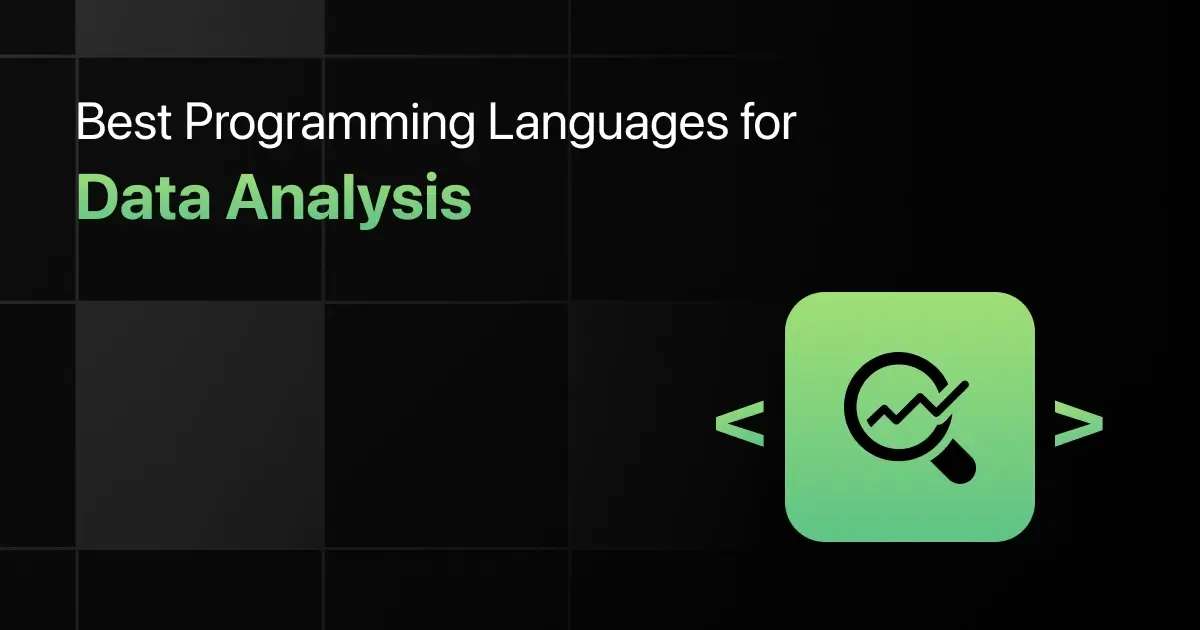
Understanding the best programming language for big data analytics is required for tackling large datasets and complex computations.
If you’re wondering what the top 10 programming languages for data analysis are, this blog will provide clarity on the choices available.
Best Coding Languages for Data Analytics – Overview
Here’s an overview of the 10 best programming languages for data analytics:
| S.No. | Programming Language | Learning Curve | Job Market Demand | Learning Resources |
|---|---|---|---|---|
| 1 | Python | Easy | Developing Machine Learning Models and Data Analysis | Learn More |
| 2 | R Programming | Easy | Statistical Analysis and Predictive Modeling | Learn More |
| 3 | Java | Easy | Enterprise AI Applications and Large-scale Data Processing | Learn More |
| 4 | SQL | Easy | Database Management, Data Analysis, and Reporting | Learn More |
| 5 | Julia | Medium | High-performance AI and Machine Learning Tasks | Learn More |
| 6 | Lisp | Difficult | AI Research and Specialized AI Applications | Learn More |
| 7 | Prolog | Difficult | Developing Expert Systems and NLP Applications | Learn More |
| 8 | JavaScript | Easy | Web-based AI Applications and Interactive Interfaces | Learn More |
| 9 | Scala | Medium | Big Data Processing and AI Model Development | Learn More |
| 10 | MATLAB | Medium | Algorithm Development and Data Analysis | Learn More |
Top 10 Programming Languages for Data Analysis
Below is the list of the top 10 best languages for data analysis:
1. Python
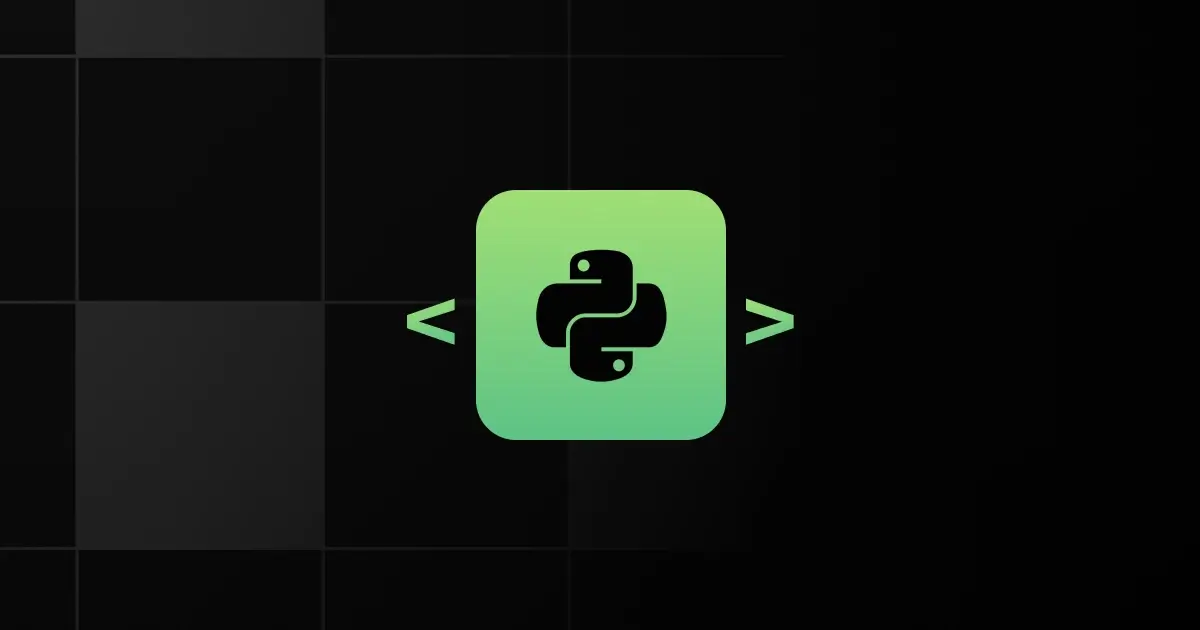


Python is a high-level, general-purpose programming language known for its readability and simplicity.
It is highly favored in AI development due to its extensive libraries and frameworks.
Popularity:
- Widely used by data scientists.
- Preferred by AI researchers and developers.
- Popular in academia and industry.
Learning Curve: Easy
Framework and Library Support:
- TensorFlow
- Keras
- PyTorch
- Pandas
Integration Capabilities:
- Easily integrates with C/C++.
- Compatible with Java using Jython.
- Integrates well with web frameworks like Django.
Security Features:
- Supports secure coding practices.
- Libraries for encryption and authentication.
- Regular updates and patches.
Job Market Demand:
- Used for developing machine learning models and data analysis.
- Widely used in tech, finance, and healthcare industries.
Future Prospects and Trends:
- Increasing demand for AI and machine learning skills.
- Growth in applications for automation and data science.
2. R Programming
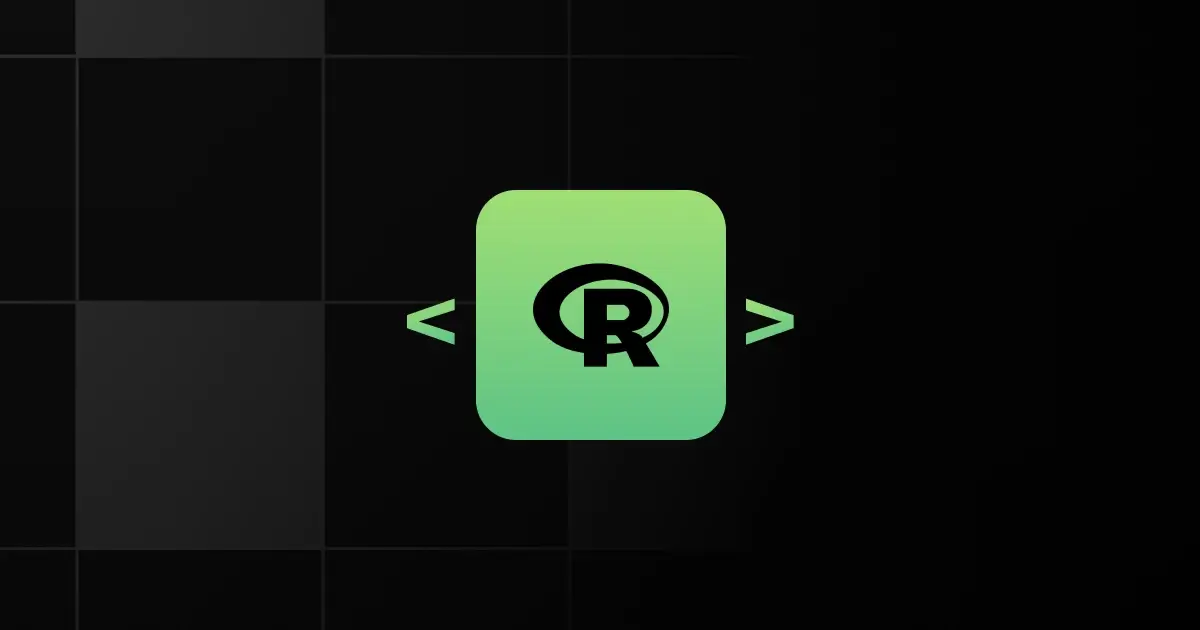


R is a programming language and software environment for statistical computing and graphics.
It excels in data analysis and visualization, making it valuable for AI applications.
Popularity:
- Popular among statisticians and data miners.
- Frequently used by academic researchers.
- Employed by data analysts in various industries.
Learning Curve: Easy
Framework and Library Support:
- caret
- nnet
- randomForest
Integration Capabilities:
- Integrates with Hadoop for big data.
- Compatible with C/C++ for performance enhancements.
- Interfaces with databases like MySQL and PostgreSQL.
Security Features:
- Packages for secure computation.
- Strong support for data integrity.
- Regular updates to address vulnerabilities.
Job Market Demand:
- Primarily used for statistical analysis and predictive modeling.
- Utilized in academia, finance, and pharmaceuticals.
Future Prospects and Trends:
- Continued relevance in data science and bioinformatics.
- Growing integration with big data technologies.
3. Java
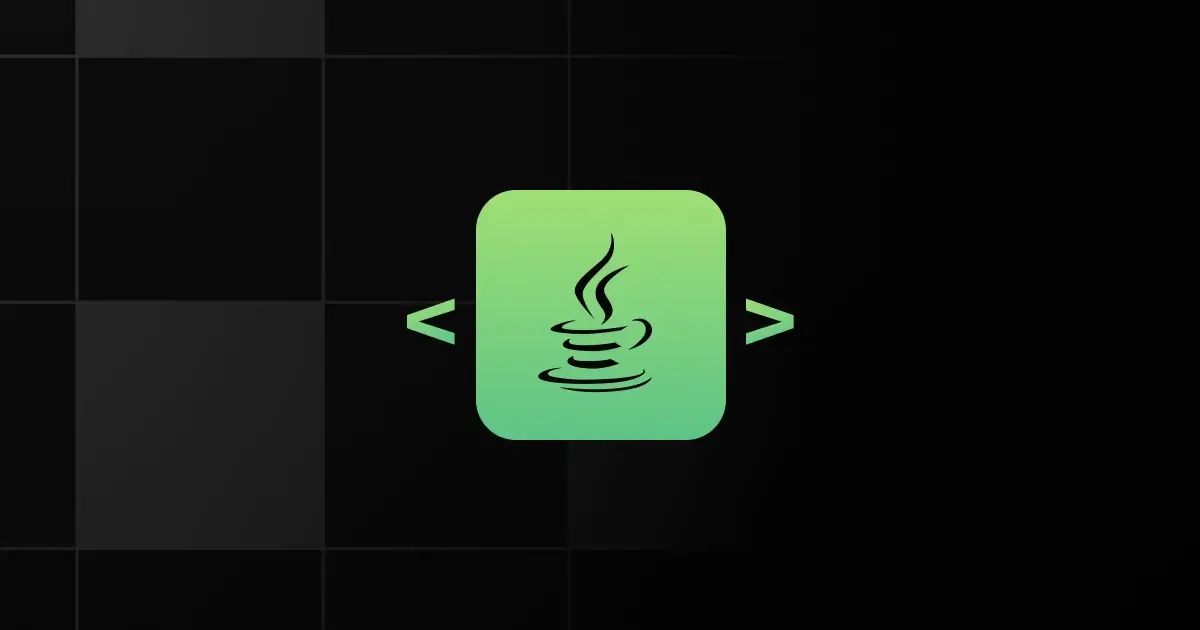


Java is a versatile, object-oriented programming language known for its portability and performance.
It is widely used in enterprise-level AI applications and large-scale systems.
Popularity:
- Favored by enterprise developers.
- Common in large organizations.
- Widely taught in computer science courses.
Learning Curve: Easy
Framework and Library Support:
- Deeplearning4j
- Weka
- Java-ML
Integration Capabilities:
- Seamlessly integrates with big data tools like Hadoop.
- Compatible with web frameworks like Spring.
- Interfaces with databases like Oracle and MySQL.
Security Features:
- Strong built-in security features.
- Regular security updates.
- Supports secure coding practices.
Job Market Demand:
- Used for enterprise AI applications and large-scale data processing.
- Employed in finance, e-commerce, and telecommunications.
Future Prospects and Trends:
- Ongoing demand in enterprise solutions.
- Increasing use in AI and machine learning projects.
4. SQL
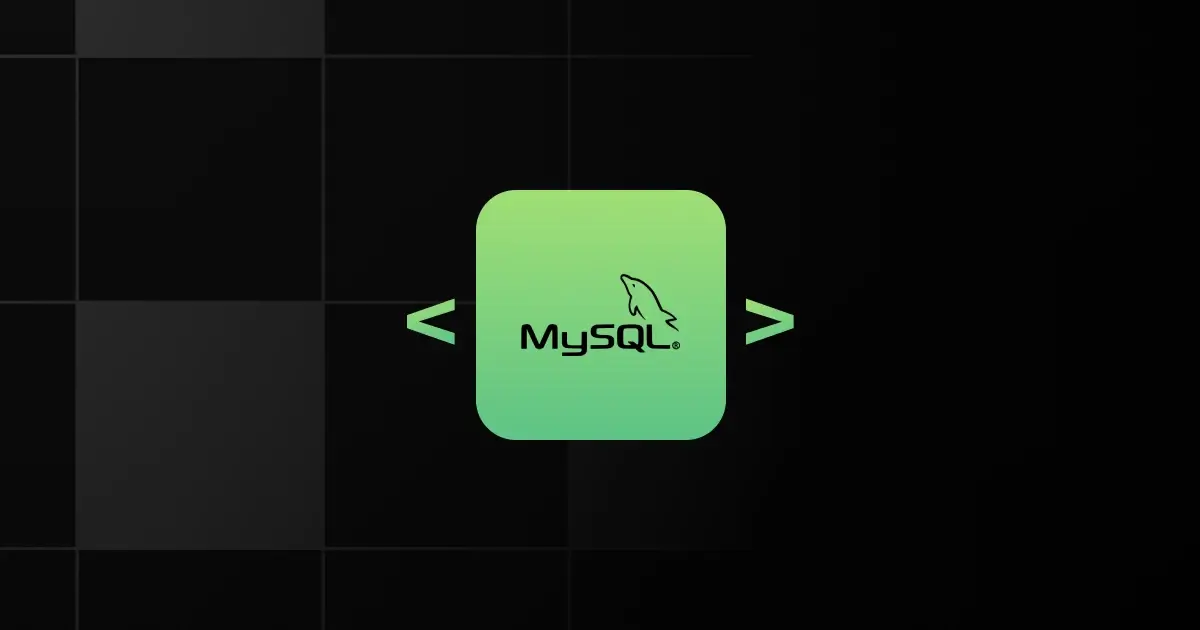


SQL (Structured Query Language) is a standard language for managing and manipulating relational databases.
It is widely used for efficiently querying, updating, and managing large datasets in big data environments.
Popularity:
- Widely used by data analysts and database administrators.
- Essential in business intelligence and reporting.
- Common in data-driven decision-making processes.
Learning Curve: Easy
Framework and Library Support:
- MySQL
- PostgreSQL
- SQLite
Integration Capabilities:
- Integrates with data visualization tools like Tableau.
- Compatible with various programming languages (e.g., Python, R).
- Interfaces with big data platforms like Hadoop.
Security Features:
- Supports user authentication and access control.
- Provides data encryption at rest and in transit.
- Regular updates to address vulnerabilities.
Job Market Demand:
- Used for database management, data analysis, and reporting.
- Employed in tech, finance, healthcare, and retail industries.
Future Prospects and Trends:
- Continued dominance in data management and analysis.
- Increasing integration with big data technologies and cloud services.
5. Julia
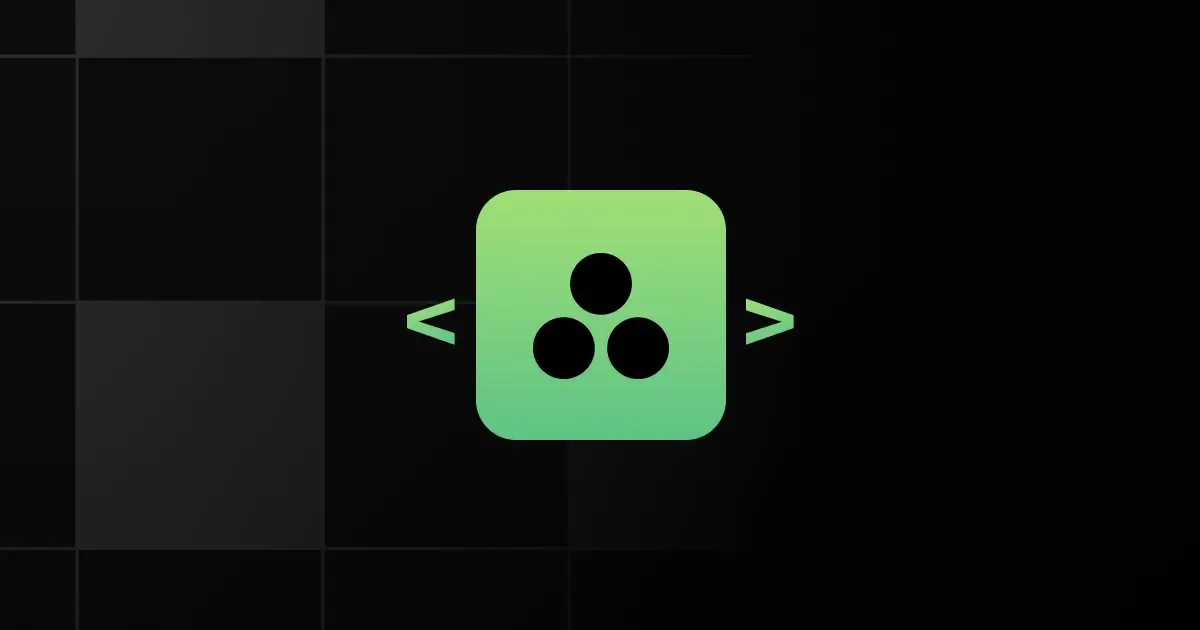


Julia is a high-level, high-performance language designed for numerical and scientific computing.
It is gaining traction in AI for its speed and efficiency in handling complex mathematical computations.
Popularity:
- It is increasingly popular among data scientists.
- Used in scientific research.
- Employed by high-performance computing enthusiasts.
Learning Curve: Medium
Framework and Library Support:
- Flux.jl
- Knet.jl
- MLJ.jl
Integration Capabilities:
- Interoperable with Python and C.
- Compatible with big data tools.
- Interfaces with various databases.
Security Features:
- Supports secure coding practices.
- Libraries for encryption and secure data handling.
- Regular security updates.
Job Market Demand:
- Used for high-performance AI and machine learning tasks.
- Employed in finance, research institutions, and engineering.
Future Prospects and Trends:
- Growing popularity in scientific and technical fields.
- Increasing adoption for AI and machine learning applications.
6. Lisp
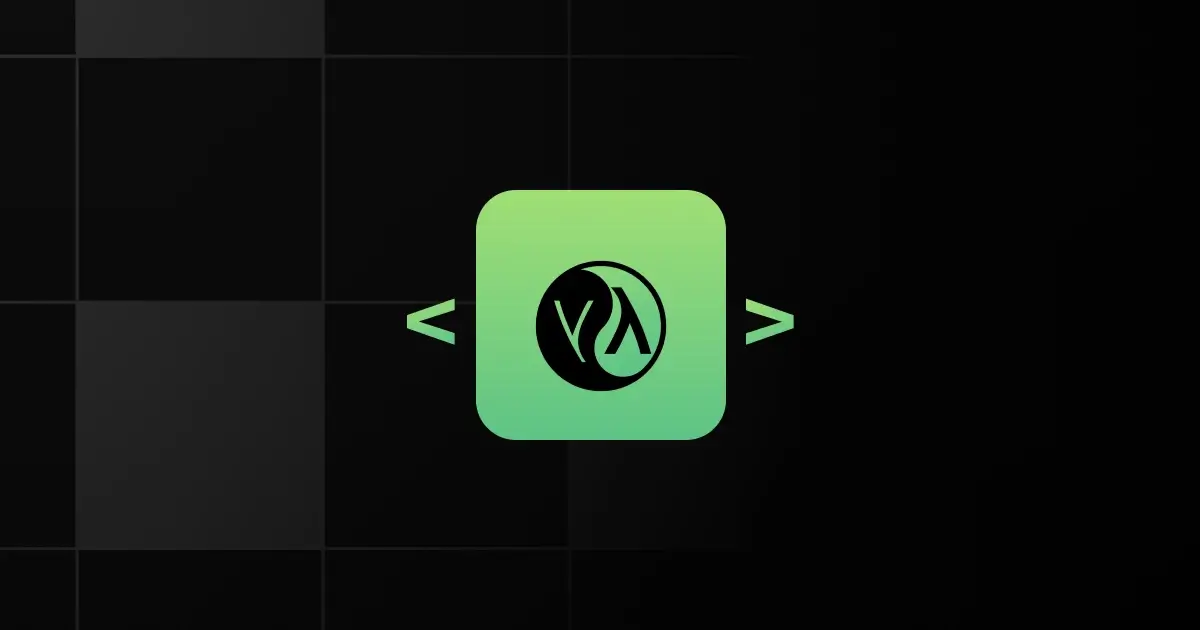


Lisp is one of the oldest high-level programming languages, known for its excellent support for symbolic reasoning and rapid prototyping.
It is historically significant in AI research and development.
Popularity:
- Favored by AI researchers.
- Used in academic research.
- Employed in niche AI projects.
Learning Curve: Difficult
Framework and Library Support:
- Common Lisp AI
- CLML
- Lush
Integration Capabilities:
- Integrates with other languages through FFI.
- Compatible with various databases.
- Can be used with web servers and frameworks.
Security Features:
- Supports secure coding practices.
- Libraries for secure data handling.
- Regular updates for security improvements.
Job Market Demand:
- Utilized in AI research and specialized AI applications.
- Employed in academia and research institutions.
Future Prospects and Trends:
- Continued relevance in AI research.
- Niche but valuable for specific AI applications.
7. Prolog
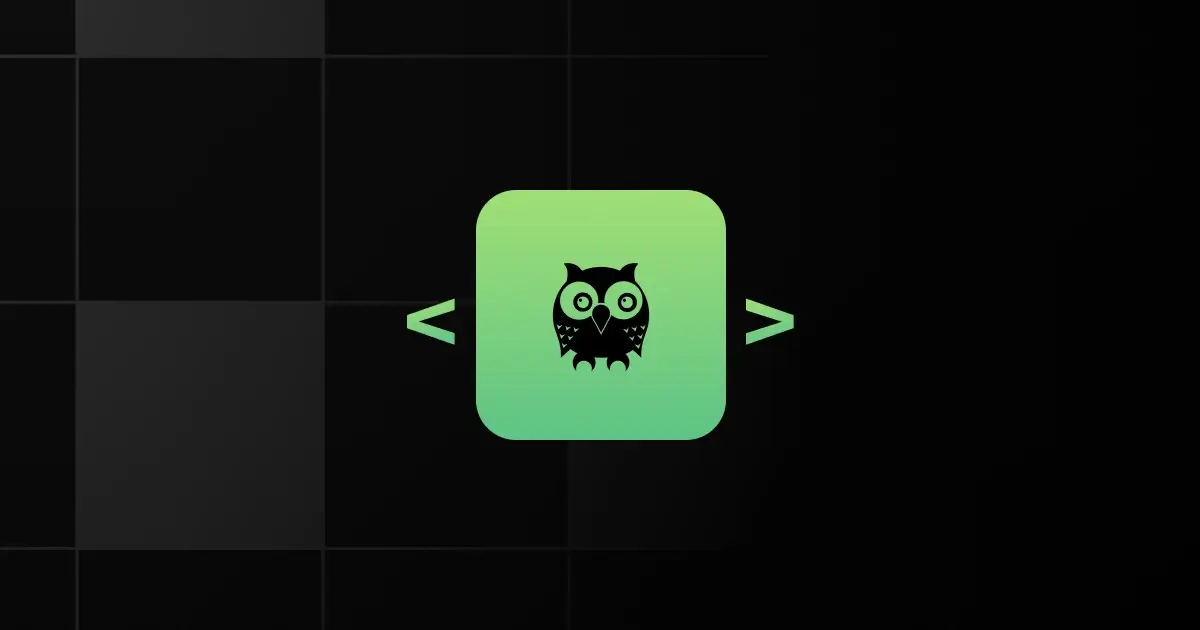


Prolog is a logic programming language particularly well-suited for tasks involving logical reasoning and knowledge representation.
It is commonly used in expert systems and natural language processing.
Popularity:
- Used by AI researchers.
- Popular in academic settings.
- Employed in logic-based AI projects.
Learning Curve: Difficult
Framework and Library Support:
- SWI-Prolog
- YAP
- GNU Prolog
Integration Capabilities:
- Integrates with other languages like C and Java.
- Compatible with various databases.
- Interfaces with web services.
Security Features:
- Supports secure coding practices.
- Libraries for secure computation.
- Regular updates to enhance security.
Job Market Demand:
- Used for developing expert systems and NLP applications.
- Employed in research, healthcare, and telecommunications.
Future Prospects and Trends:
- Continued use in expert systems and logical AI.
- Potential growth in AI-driven legal and compliance applications.
8. Javascript
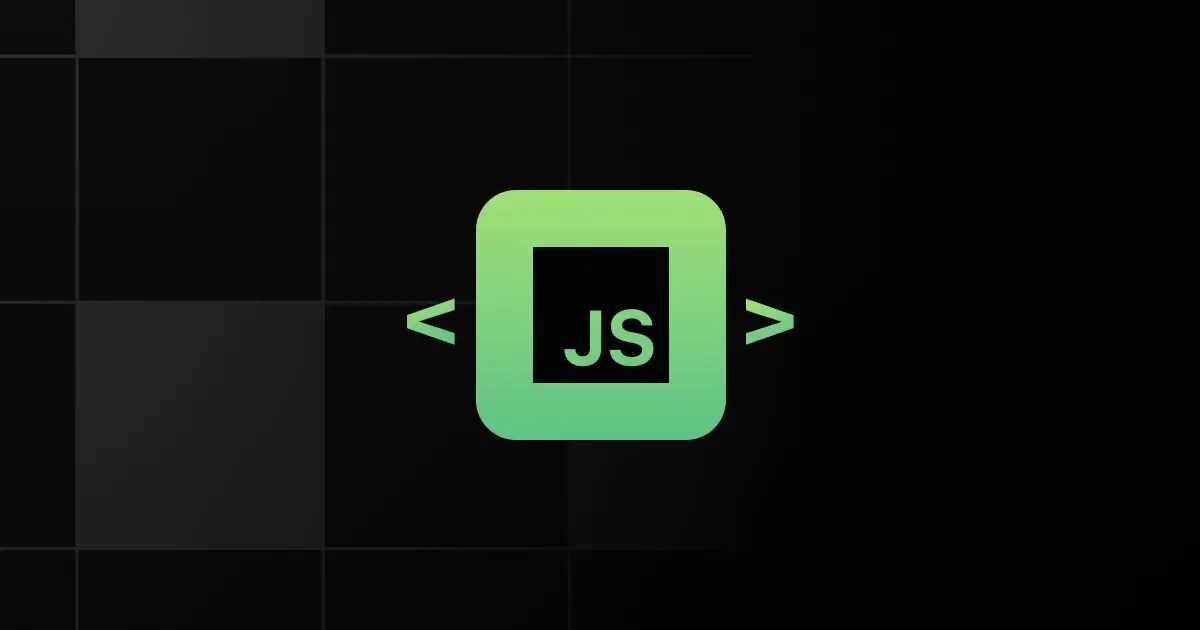


JavaScript is a versatile language primarily used for web development. It is increasingly relevant for web-based AI applications with libraries like Brain.js.
Popularity:
- Widely used by web developers.
- Common in web and mobile development.
- Popular for creating interactive websites.
Learning Curve: Easy
Framework and Library Support:
- Brain.js
- Synaptic
- TensorFlow.js
Integration Capabilities:
- Easily integrates with HTML and CSS.
- Compatible with Node.js for the backend.
- Interfaces with RESTful APIs.
Security Features:
- Supports secure coding practices.
- Libraries for encryption and secure data handling.
- Regular updates for security patches.
Job Market Demand:
- Used for developing web-based AI applications and interactive interfaces.
- Employed in tech, media, and entertainment industries.
Future Prospects and Trends:
- Increasing use of AI and machine learning for the web.
- Growth in AI-powered web applications.
9. Scala
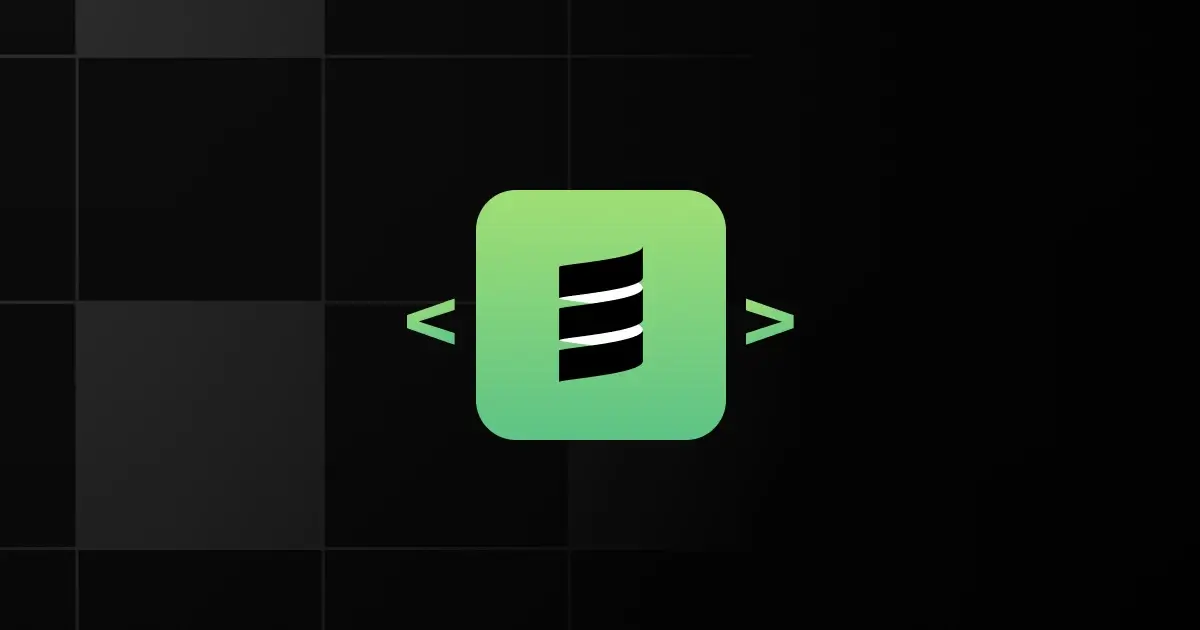


Scala is a high-level language that combines object-oriented and functional programming.
It is used for big data processing and AI development, supported by libraries like Breeze and Spark MLlib.
Popularity:
- Popular among big data developers.
- Used by functional programming enthusiasts.
- Employed in data-intensive industries.
Learning Curve: Medium
Framework and Library Support:
- Breeze
- Spark MLlib
- DL4J
Integration Capabilities:
- Integrates with Java libraries.
- Compatible with big data tools like Hadoop.
- Interfaces with various databases.
Security Features:
- Supports secure coding practices.
- Libraries for secure data handling.
- Regular updates to enhance security.
Job Market Demand:
- Used for big data processing and AI model development.
- Employed in finance, tech, and data science.
Future Prospects and Trends:
- Growing use in big data and AI projects.
- Increasing adoption for functional programming in AI.
10. MATLAB
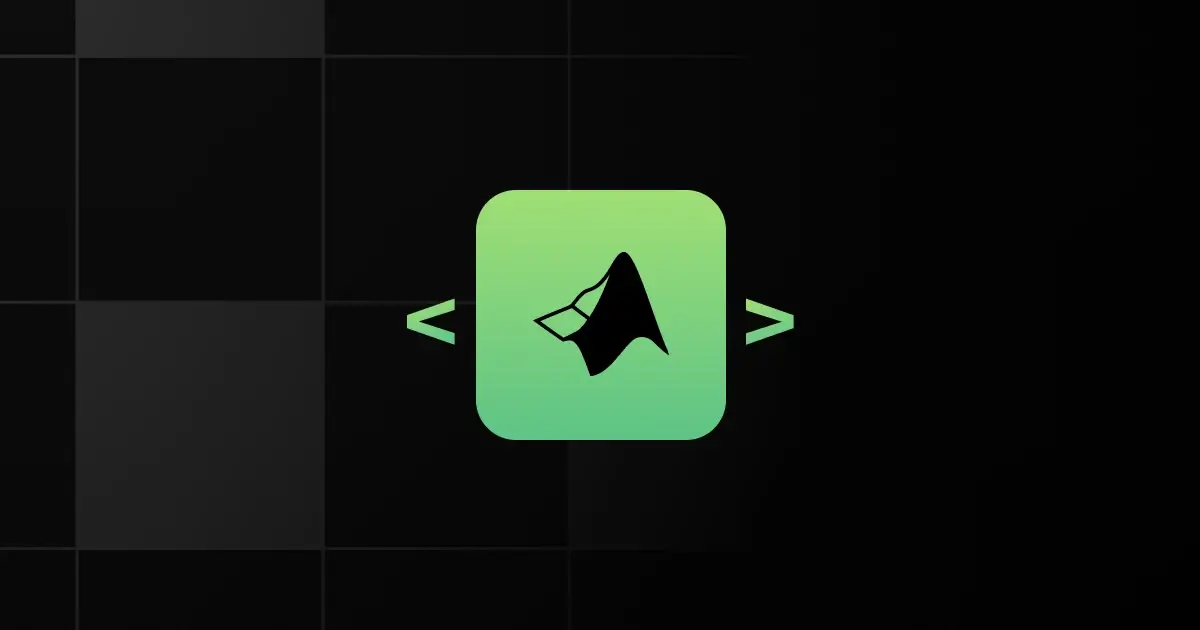


MATLAB is a high-level language and environment for numerical computing and visualization.
It is extensively used in academia and industry for mathematical modeling and algorithm development.
Popularity:
- Widely used in academia.
- Popular among engineers and scientists.
- Employed in research institutions.
Learning Curve: Medium
Framework and Library Support:
- MATLAB AI Toolbox
- Simulink
- Statistics and Machine Learning Toolbox
Integration Capabilities:
- Integrates with C/C++ and Java.
- Compatible with various hardware devices.
- Interfaces with databases and other software.
Security Features:
- Supports secure coding practices.
- Libraries for secure data handling.
- Regular updates for security improvements.
Job Market Demand:
- Used for algorithm development and data analysis.
- Employed in academia, engineering, and finance.
Future Prospects and Trends:
- Continued relevance in academic research and engineering.
- Growth in AI and machine learning toolboxes.
Frequently Asked Questions
1. What are the best programming languages for data analysis?
The best programming languages for data analysis are Python, R, and SQL.
2. How should I choose a programming language for data analysis?
You should choose a programming language for data analysis by noting the job market demands, future prospects, and integration capabilities.
3. What is the best programming language for beginners in data analytics?
The best programming language for beginners in data analytics is Python.
4. Which programming languages are currently trending in data analysis?
Python, R, and SQL programming languages are currently trending in data analysis.
5. Which programming languages offer the best framework and library support for data analysis?
Python and R offer the best framework and library support for data analysis.
6. Which programming languages have promising future prospects for data analysis?
Python, R, SQL, and Scala have promising future prospects for data analysis.
Final Words
We hope this blog helps you choose the best language for data analysis and perform tasks with scalability.
Selecting the best language for big data analysis depends on your specific needs and the nature of your data projects.
Explore More Data Analytics Resources
Explore More Programming Languages For:
Related Posts
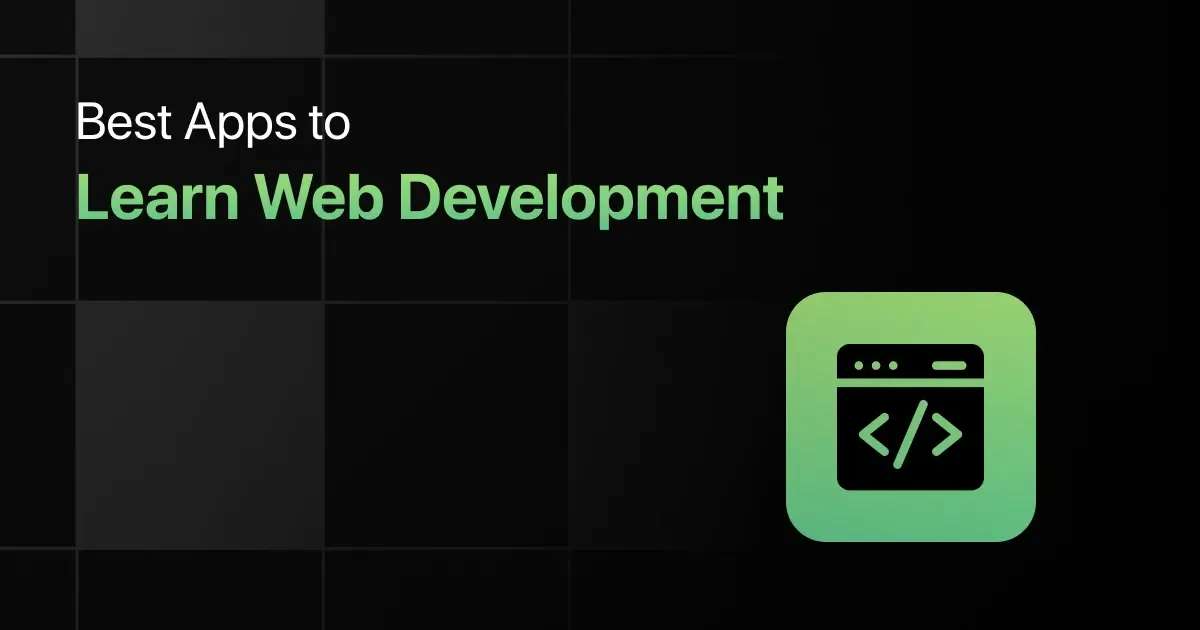

Best Apps to Learn Web Development
Ever thought about building your own website or launching a career in tech but don’t know where to start? With the …










